Description
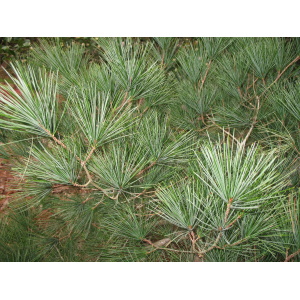 Eastern White Pine
Eastern White Pine
Pinus strobus
| DESCRIPTION | An extremely useful, fast growing pine perfect for windbreaks and tall screens. The natural pyramidal form with strong horizontal branches holds attractive blue-green needles. A rugged evergreen that adapts well to poor soils. |
|---|---|
| LIGHT | Full sun |
| WATERING | Water when top 2 inches of soil is dry. |
| BLOOMS | Conifer; prized for foliage. |
| MATURE SIZE | Quickly reaches 50 to 80 ft. tall, 15 to 20 ft. wide. |
| DECIDUOUS/EVERGREEN | Evergreen |
|---|---|
| SPECIAL FEATURES | Dramatic Foliage Color, Easy Care, North American Native Selection, Showy Fruit, Fast Growing, Benefits Birds |
| GROWTH RATE | Fast |
| GROWTH HABIT | Pyramidal |
| LANDSCAPE USE | Privacy Screen, Windbreak |
|---|---|
| DESIGN IDEAS | This is one of the most valuable trees for shelterbelts and windbreaks on Midwestern plains because of its rugged nature and speedy growth. Adapts well to dry conditions in the West, both in semidesert and mountain foothill regions where soils are thin and poor. Tall, narrow form makes it valuable for landscaping around tall buildings in the northern states. Useful as sound barriers. A huge tree that requires sizable landscapes to remain in scale. |
| FOLIAGE COLOR | Blue-green |
| COMPANION PLANTS | Japanese Maple (Acer); Winterberry (Ilex); Switch Grass (Panicum); Barberry (Berberis); Dogwood (Cornus) |
| CARE | Prefers fertile, well-drained soils, but highly adaptable; avoid poorly drained, soggy sites. Grows best in full sun. Water deeply, regularly during the first growing season to establish an extensive root system; once established, reduce frequency. Feed before new growth begins in spring. |
|---|
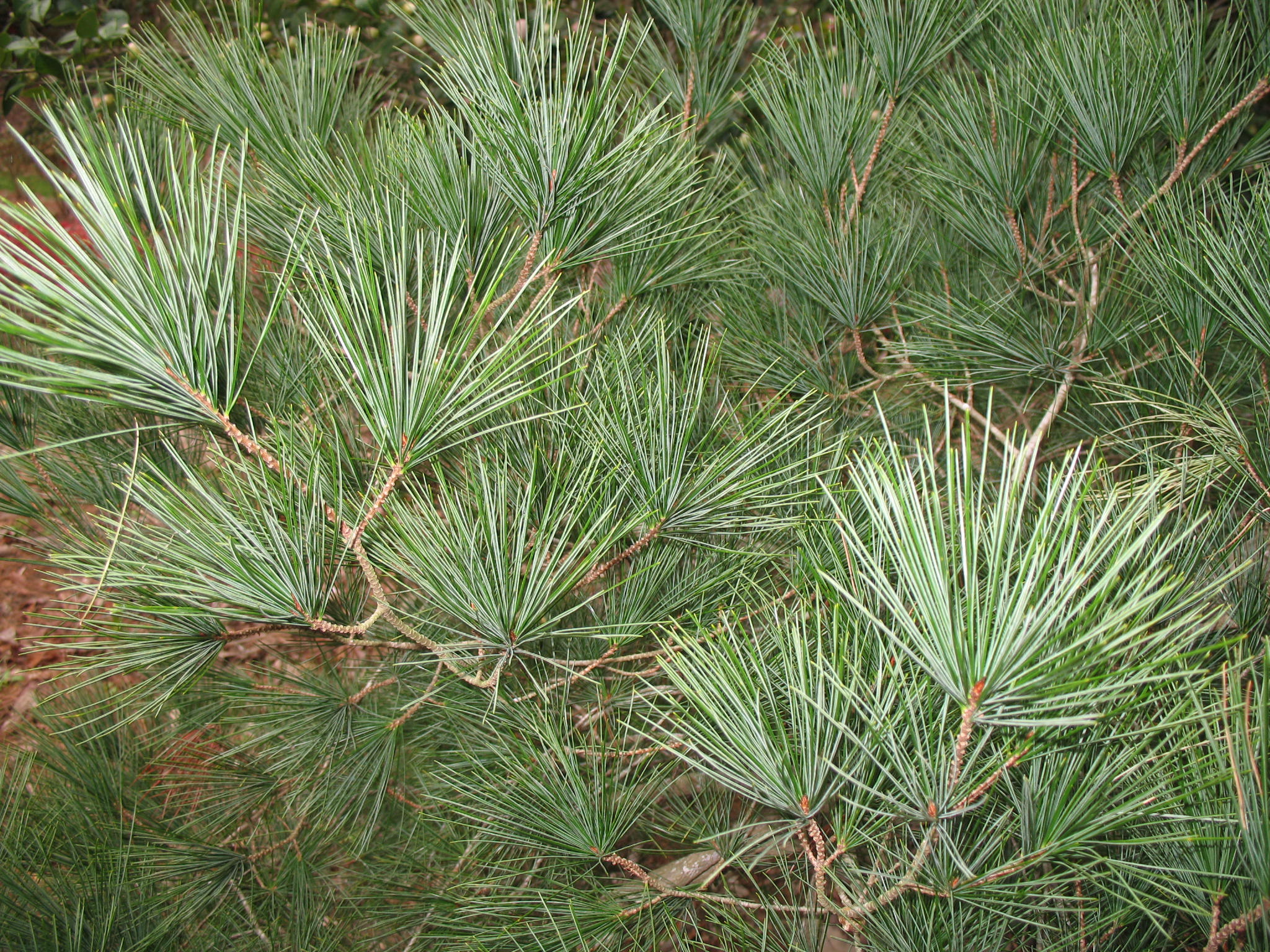
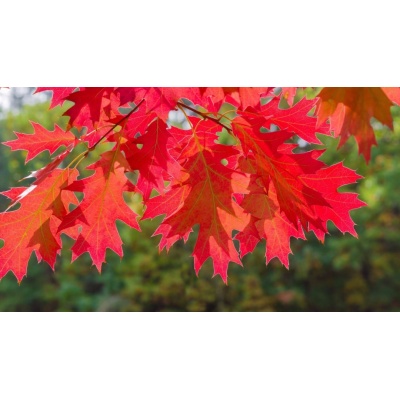
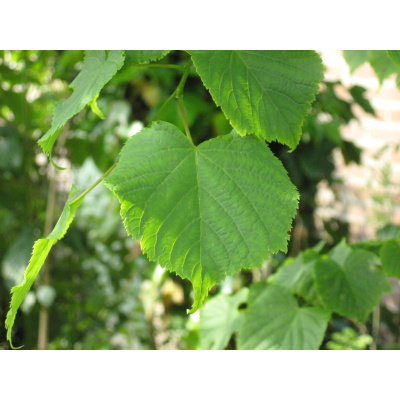
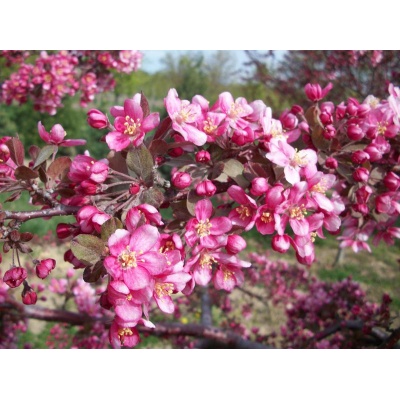
Reviews
There are no reviews yet.